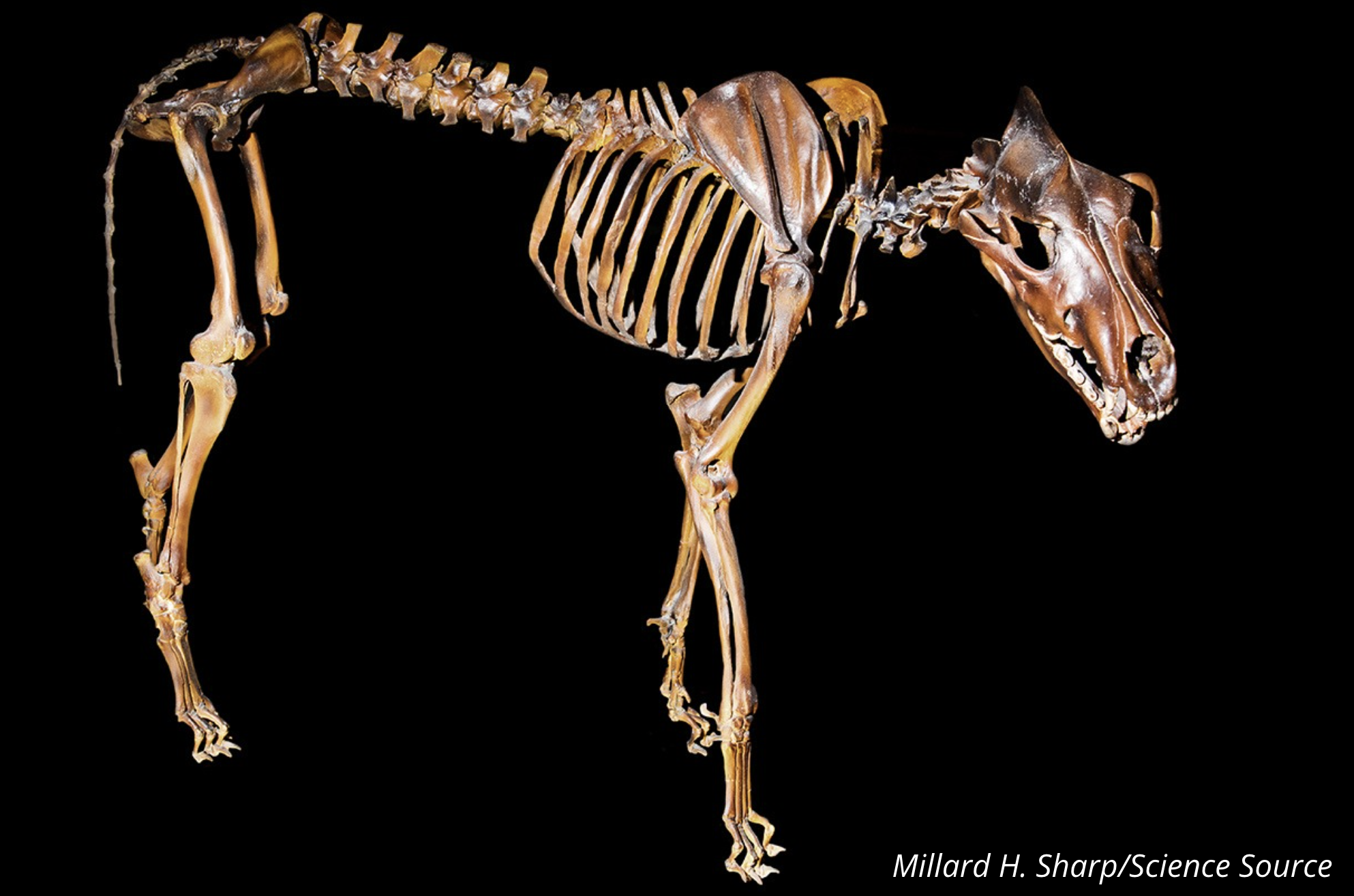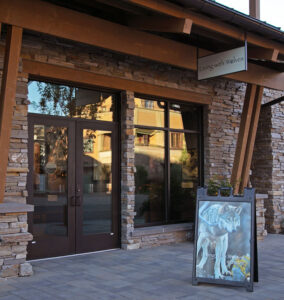Colossal Biosciences Inc. drew widespread media attention by claiming to have “resurrected” the dire wolf, an Ice Age predator that went extinct approximately 10,000 years ago. However, despite the headlines, the reality is these animals are not true dire wolves, but genetically modified gray wolves. This project, though marketed as a breakthrough in de-extinction, raises critical ethical and scientific concerns, particularly for its implications for real-world conservation and the protection of currently endangered species.
Cosmetic Science, Not Resurrection
Colossal’s process began with DNA extracted from a dire wolf tooth found in Ohio and a skull fragment from Idaho, which researchers used to identify unique genetic sequences. From there, scientists extracted somatic cells from four captive gray wolves and genetically modified those cells using CRISPR-Cas9 gene editing technology. They introduced 20 minor variations across 14 genes in an attempt to replicate specific dire wolf traits.
Using Somatic Cell Nuclear Transfer, the nucleus of a dog’s egg was removed and replaced with the nucleus (containing the edited DNA) of a modified gray wolf cell. The resulting embryos were then implanted into surrogate domestic dogs to carry to term. The result? Three genetically modified gray wolves with white coats, now being misleadingly hailed as “dire wolves.” But this is not genuine reconstruction; it’s cosmetic alteration.

To understand the limits of this approach, it helps to start with some basic genetics. Like humans, wolves inherit two copies of each gene — one from each parent. While all individuals of a species share the same set of genes, the specific versions of those genes, called alleles, can vary. This genetic variation is what gives rise to differences in traits, such as coat color, size, or behavior. For example, a gene might determine eye color, while the alleles determine whether the eyes are brown, blue, or green.
Colossal inserted 15 dire wolf alleles into 14 genes — out of roughly 20,000 total genes. Even then, these edits affected only one copy of each gene, meaning the animals still carry a modern gray wolf version on the other chromosome. Put simply, these wolves possess a few dire wolf variants — not “dire wolf genes.”
Geneticist Beth Shapiro, Colossal’s own chief scientists, admitted as much to New Scientist, saying:
“It’s not possible to bring something back that is identical to a species that used to be alive. Our animals are grey wolves with 20 edits that are cloned.”
A Different Evolutionary Lineage
Adding to the misrepresentation is the evolutionary reality that dire wolves are not a variant of gray wolves. A groundbreaking 2021 study led by Dr. Angela Perri, along with an international team of scientists, analyzed dire wolf fossils and sequenced genomes dating from 13,000 to over 50,000 years ago. The findings revealed that dire wolves diverged from other canids nearly 5.7 million years ago and are genetically closer to jackals than to gray wolves. The differences are so significant that dire wolves are classified in their own genus: Aenocyon.

Despite this, Colossal’s entire project relies on the gray wolf genome (Canis lupus), a species from a completely separate evolutionary lineage.
Implications for Conservation
Colossal’s engineered animals currently live on a private 2,000 acre preserve, far removed from any functioning ecosystem, and serving no ecological value. Meanwhile, real gray wolves face existential threats from habitat loss, lethal management policies, and political hostility, especially in states like Idaho, Montana, and Wyoming.

(Images: Colossal Biosciences)
If the goal is to support canid conservation, efforts would be better spent advocating for habitat protections, legal safeguards, and non-lethal predator-livestock conflict mitigation solutions, not breeding white-coated curiosities to dazzle headlines.
“Colossal has made only minimal genetic edits to modern gray wolves—this is far from ‘bringing back’ the dire wolf. Rather than spending time on genetic engineering, we should focus our energy on safeguarding the gray wolf populations that still roam our landscapes today. Their healthy survival depends on immediate, real-world conservation,” said Winston Thomas, PhD, Research Scientist in Genetic Engineering and board member of Living with Wolves.
Worse still, such projects may undermine public understanding of conservation itself. If the public is led to believe that extinct species can simply be recreated in labs, it could weaken support for protecting those that are currently endangered.
During a 2025 House Natural Resources Committee hearing, U.S. Representative Lauren Boebert (R-CO) cited Colossal’s dire wolf project while advocating to delist gray wolves from Endangered Species Act protections, asking:
“Didn’t we just bring a wolf back that was here 10,000 years ago?” she said. “If it really gets that bad, you know, we could just bring woolly mammoths back and all that stuff.” Watch here.
That sentiment is shared with Interior Secretary Doug Burgum, under the Trump Administration, who has met with Colossal Biosciences Inc. to discuss how the company can be employed in federal conservation efforts. In a live-streamed town hall, he told Interior staff:
“If we’re going to be in anguish about losing a species, now we have an opportunity to bring them back. Pick your favorite species and call up Colossal.” Read more here.
This kind of rhetoric dangerously blurs the line between science fiction and conservation policy and further alarming, and erodes political will needed to protect endangered species today.
A Focus on the Present
The dire wolf, like many Ice Age species, went extinct due to dramatic shifts in climate and prey availability. It belonged to an ancient ecological era that no longer exists. True dire wolves could not survive in today’s environment.
Rather than breeding designer animals with no role in modern ecosystems, our focus should be on protecting and preserving the species, habitats, and ecological processes we still have, before they, too, vanish into legend.
Written by Megan Smith, Living with Wolves.




